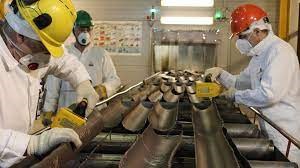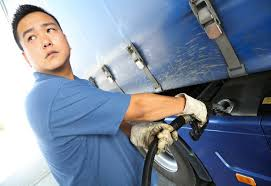In-store marketing sees a location such as a showroom or retail store being used as a base for marketing functions which go beyond sales (forming relationships, discovering wants, presenting answers and closing deals) and distribution (delivering services and products to customers). Online marketing works much the same way but you use virtual imagery rather than shop signage.Here are some types of in-store marketing.

Customer Experience
The customer journey involves a series of stages and touchpoints. Retailers use it to discover problems, gaps and things which are functioning well that may be scaled. In-store experiences represent an opportunity for the retailer to formulate a strong culture and brand identity. One example might be a coffee shop with professional and interesting baristas as opposed to a cafe lacking the human touch.
Customer Relationships
Customer relationships are relationships between a retailer and their current, future and former customers. This may include interactions in person, via other communications, and with services, products and environments. Growing customer relationships is important – for example, having staff who know their customers by name, or promoting an in-store loyalty programme or keeping in touch with customers who buy Farah Shirts, like the ones at https://www.ejmenswear.com/men/farah/shirts by letting them know when you have a new style or colour range in store or online .

Price Promotion
Price promotions see products offered at a discounted price. Usually, big signs advertise the sale. In-store promotions may also see coupons and related communications being used to draw shoppers’ attention.









+ There are no comments
Add yours